The 11th International Exhibition of Exchange, Banking, Insurance, Privatisation, and Investment Opportunities of Iran (Kish INVEX 2024) was held from 4 to 7 November 2024 on Kish Island. As one of the country’s most significant economic gatherings, the event received broad support from ministries, organisations, public and private institutions, domestic economic players, and international participants. It provided a comprehensive picture of Iran’s macroeconomic capabilities and served as a platform for exchanging knowledge and experiences between domestic and foreign stakeholders.
More than 290 entities representing key financial market decision-makers and stakeholders participated in the exhibition. The Iran National Venture Capital Association, as a leading institution in the financing and investment sector, played an active role. The association hosted a dedicated pavilion, accompanied by several institutions such as the Samen Non-Governmental Health Research & Technology Fund, Setaregan Entrepreneurship Development Fund, Elm o San’at Non-Governmental Research & Technology Fund, Gilan Province Research & Technology Fund, and Soroush Sepehr Advanced Technologies Company—demonstrating the association’s pivotal role in supporting and facilitating innovation and technology financing in the country. Additionally, the Iranian Venture Capital Funds and Institutions Employers’ Association was present at the event.
The primary objective of this event was to introduce innovative financing mechanisms, enhance engagement among financial resource providers, insurance companies, and other economic players, and highlight the unique capacity for attracting venture capital towards productive and innovative economic projects.
The main topics discussed during the exhibition included: directing liquidity to productive sectors, policies to manage liquidity growth and control inflation, adoption of new financing methods, the role of banks in driving industrial growth through corporate financing, implementation of corporate governance guidelines, the capital market’s role in achieving macroeconomic goals, financing and strengthening knowledge-based companies, enhancing transparency and predictability in the economy, diversification of privatisation models, innovative insurance products, showcasing investment opportunities, the role of free and special economic zones in production and export development, and economic diplomacy.
The exhibition also offered a valuable opportunity for networking among economic actors, particularly in the innovation, startup, and advanced industries sectors. With the goal of strengthening these connections, the Iran National Venture Capital Association presented innovative solutions and new financing models to attract capital and channel it into high-tech and innovative projects.
On the sidelines of the exhibition, the Association organised a panel titled “Exploring the Financing Landscape for Iran’s Innovation Ecosystem.” The panel featured Mr Abbasali Karshenas (Secretary of the Association and CEO of Talashgaran Sustainable Economy Fund), Mr Hassan Zali (CEO of Soroush Sepehr Advanced Technologies), Mr Hossein Joghatayi (Elm o San’at Research & Technology Fund), and Mr Alireza Navabpour (Fan Asa Research & Technology Fund). Panelists examined the financing challenges within Iran’s tech ecosystem and proposed recommendations to improve investment conditions. The event facilitated valuable dialogue among professionals in technology and investment and was well-received by attendees.
A key outcome of the session was the identification and consolidation of expert perspectives on obstacles in the venture capital space, including the lack of diverse financial instruments, weak legal infrastructure, and the absence of adequate tax incentives for investors.
Striving to connect investors, financial institutions, and innovation ecosystem players, the Association aimed to contribute to the development of supportive policies, regulatory frameworks, and the expansion of venture capital’s role in the knowledge-based economy. This event was part of the Association’s strategic roadmap to continuously address innovation financing challenges and provide actionable recommendations to policymakers and legislators.
Throughout the exhibition, numerous expert panels were held with the participation of economic leaders, capital market managers, economists, university professors, parliament members, and financial experts. These discussions not only allowed for meaningful exchange but also offered practical solutions to overcome barriers to economic growth and revitalise capital markets.
Kish INVEX served as a crucial platform for enhancing interactions between the capital market, the banking sector, and insurance companies. These three core pillars of the national economy seized this opportunity to engage in high-level consultations to address challenges and streamline development processes.
The strong presence of the Iran Chamber of Commerce, Industries, Mines, and Agriculture enabled participants to learn about innovative services in banking, capital markets, and insurance. This interaction fostered greater cohesion and synergy among the primary economic stakeholders of the country.
Among the key highlights of this edition were the presentation of the latest investment opportunities in Iran, diversification of privatisation methods, development of innovative insurance products, the strategic role of insurance in creating a secure investment environment, the contribution of free and special economic zones to production and export development, and discussions on economic diplomacy—addressed in detail by prominent officials and experts.
The event also provided a platform for introducing the capabilities of research and technology funds and other institutions active in R&D and technology sectors. These entities successfully presented their achievements and capacities to the exhibition audience.
In conclusion, the 11th edition of Kish INVEX 2024 played a significant role in fostering dialogue and specialised knowledge exchange, enhancing the investment climate, and promoting economic development in Iran. It effectively introduced new financing models and investment capacities to economic stakeholders both domestically and internationally.
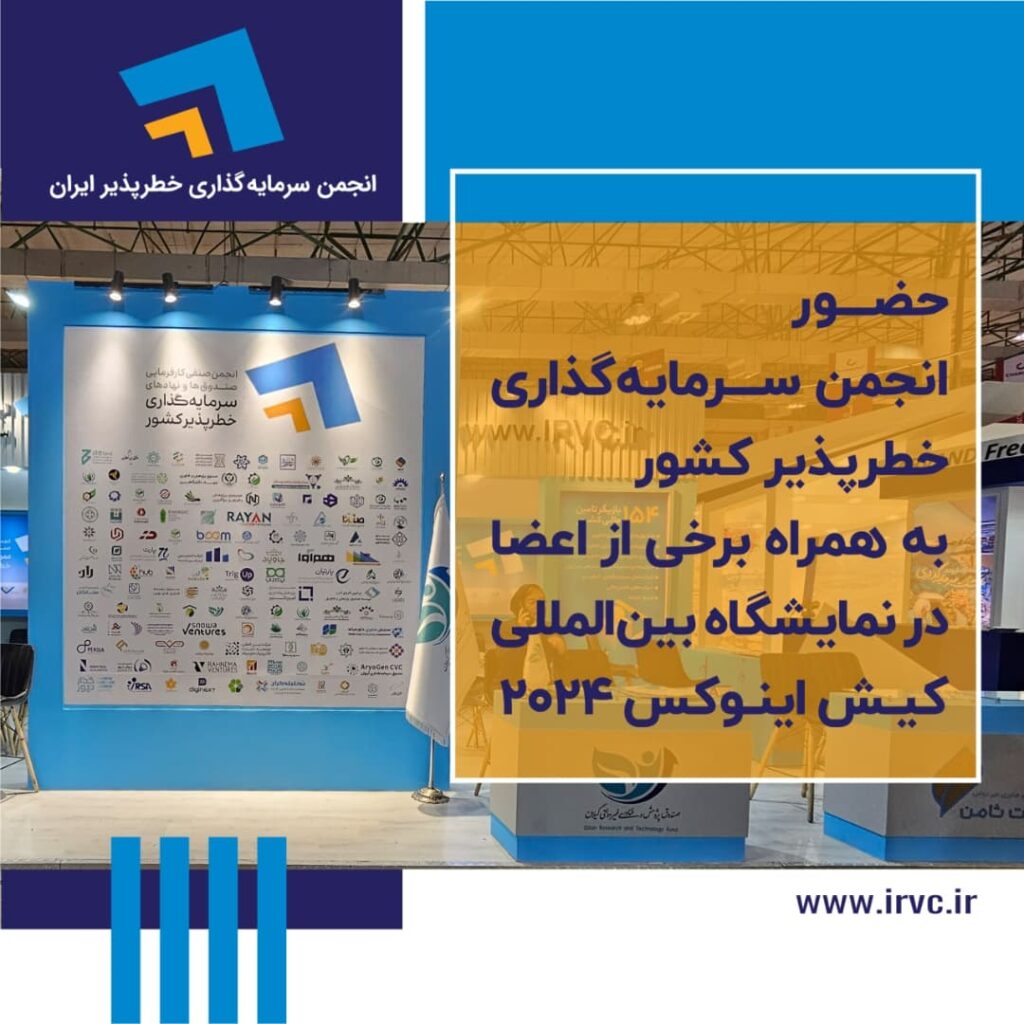


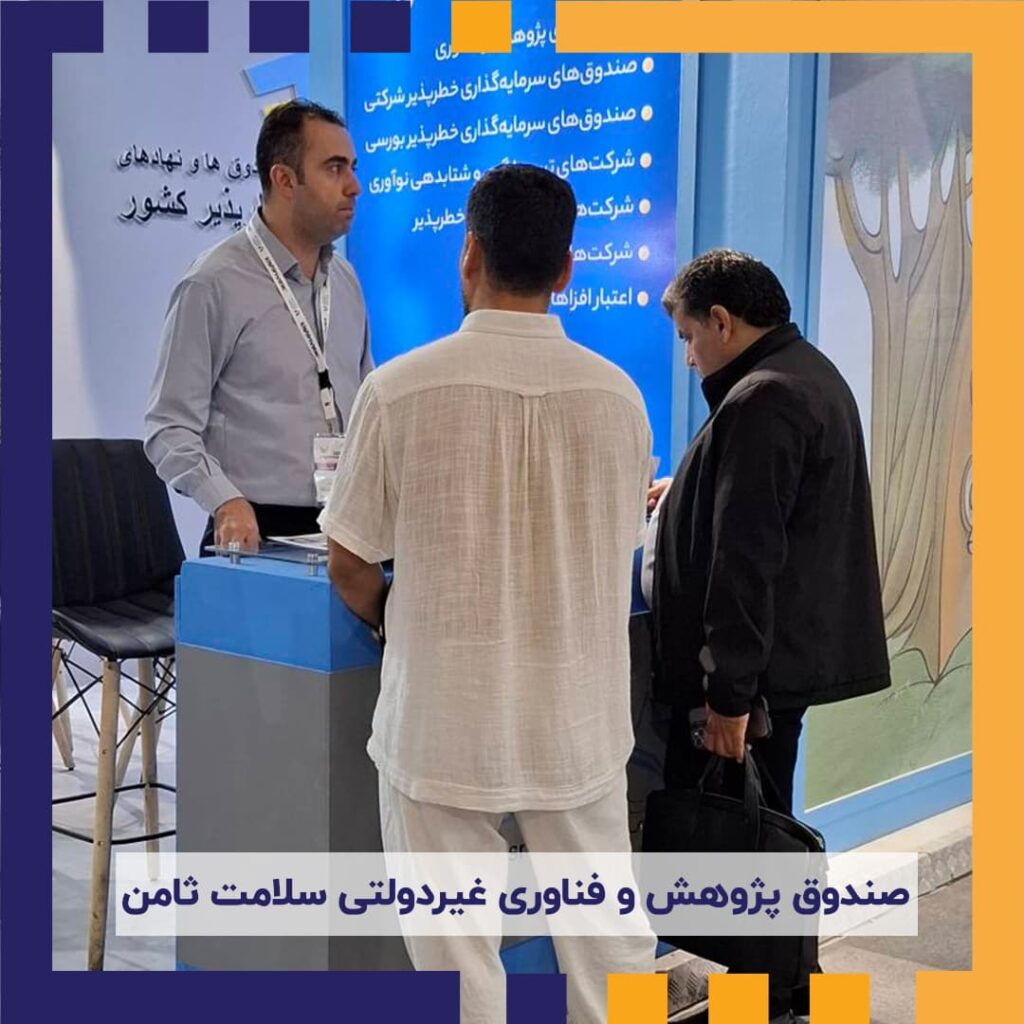
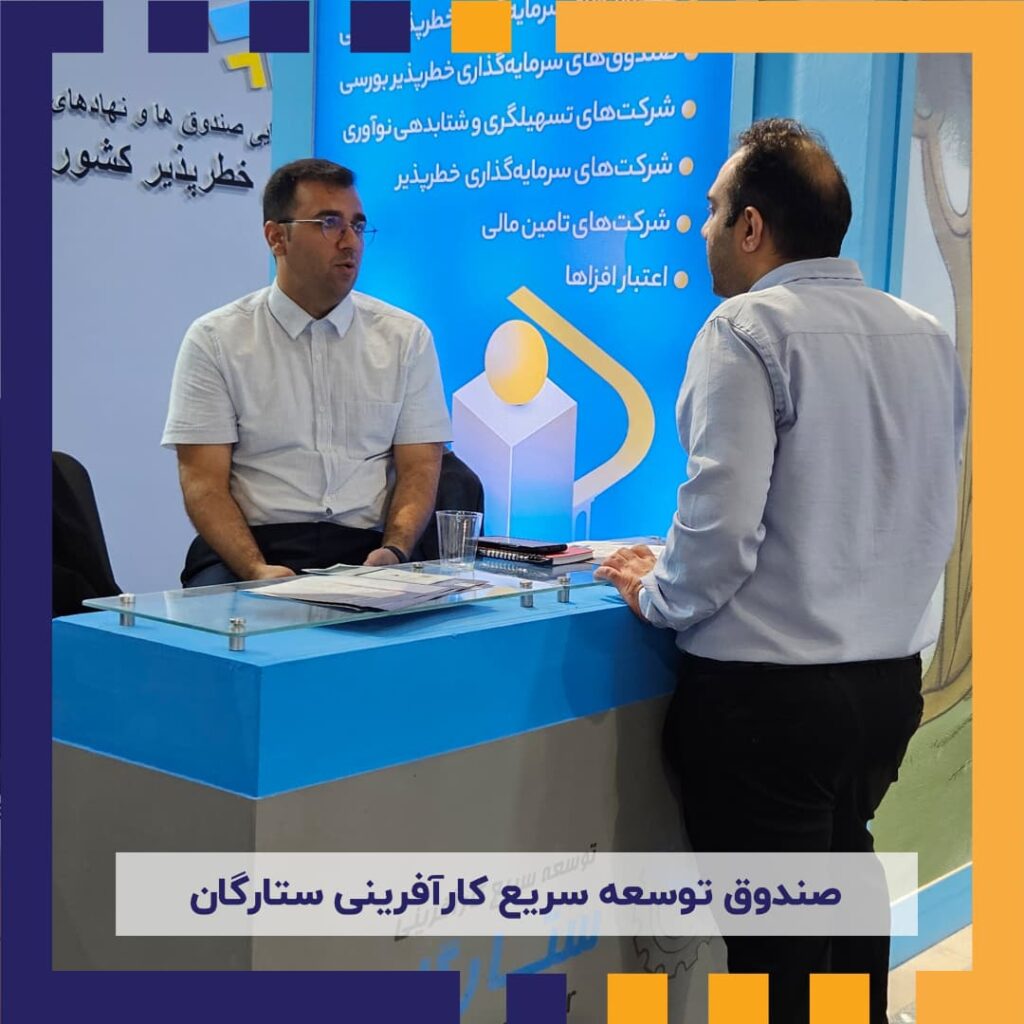
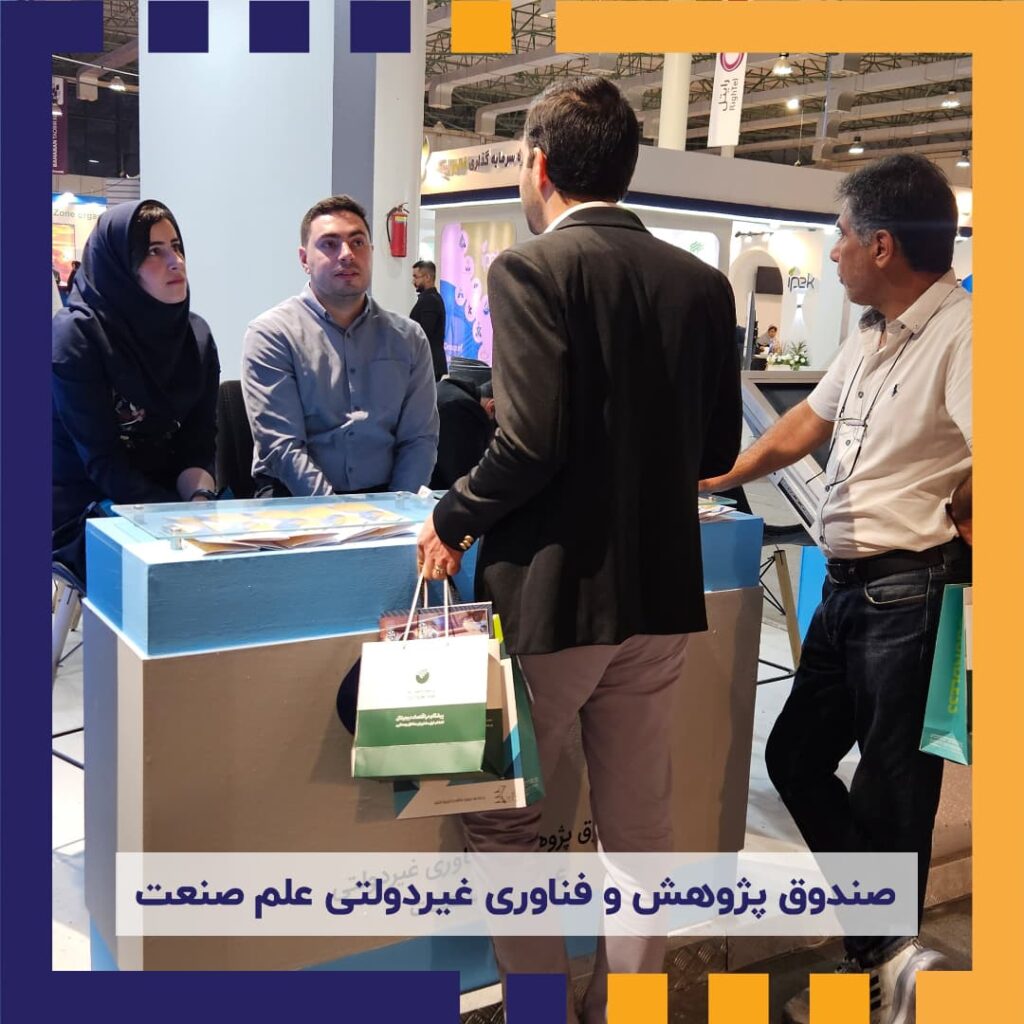

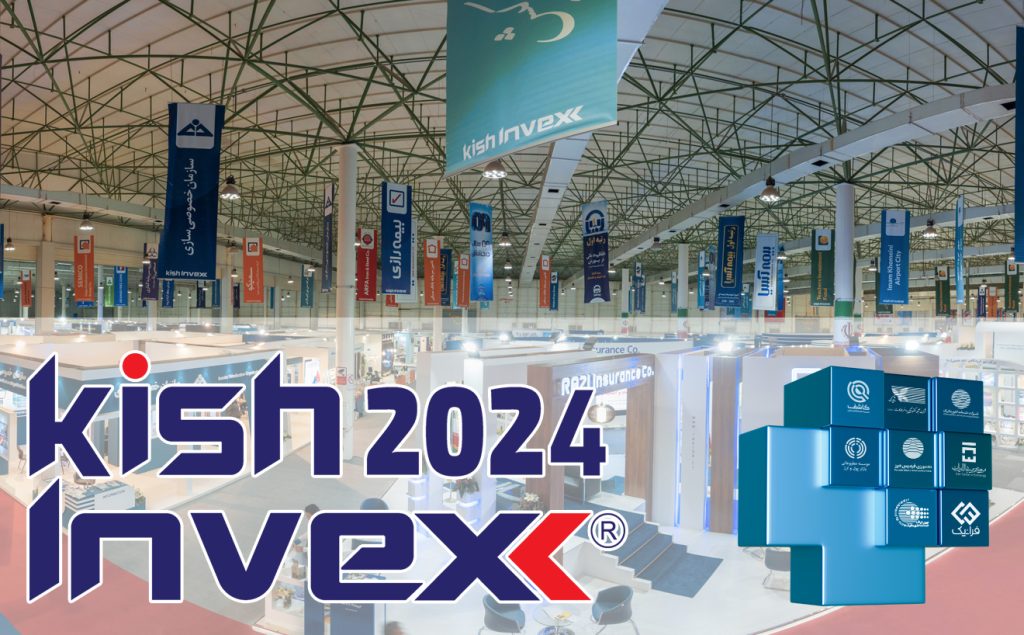


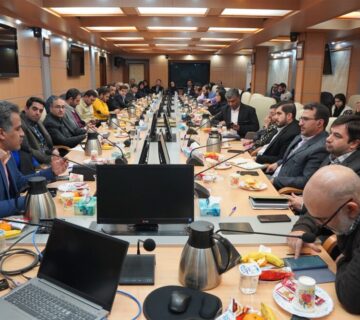
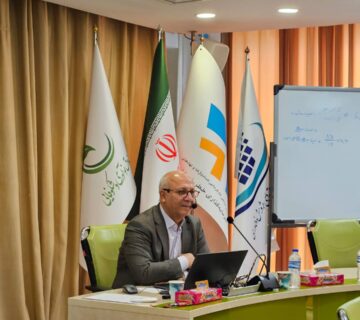
No comment